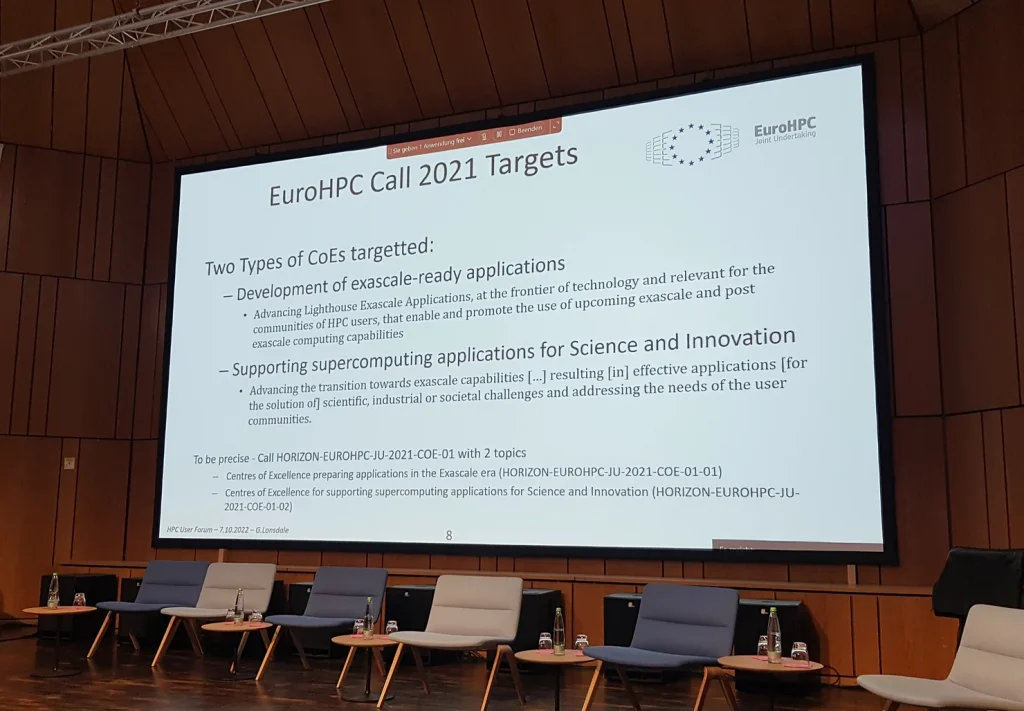Written by Christopher Aguilar of HiDALGO2 Dissemination Leader Future Needs.
Today’s global challenges are interconnected, each one shaping the next. Climate change fuels more intense wildfires, rapid urbanisation strains our energy grids and pollutes our air, and the shift to renewables introduces new instabilities. Addressing these overlapping crises in turn requires an approach that is integrated, combining expertise across fields.
This was a key motivation for the HiDALGO2 Clustering Event, a gathering dedicated to exploring how High-Performance Computing (HPC), Artificial Intelligence (AI), and advanced simulation can turn these global challenges into opportunities.
These insights were gathered on November 4th, 2025, in Stuttgart, Germany where the event was led by Future Needs and hosted at the High-Performance Computing Center Stuttgart (HLRS). As a facility of the University of Stuttgart with a deep focus on engineering, manufacturing, and global challenges, HLRS was the perfect setting. Here, leading experts from across Europe convened to share their work on the next generation of environmental simulation, revealing how today’s supercomputers are laying the foundations for new, powerful tools to help build a more resilient world.
The Takeaways: A Listicle of Insights
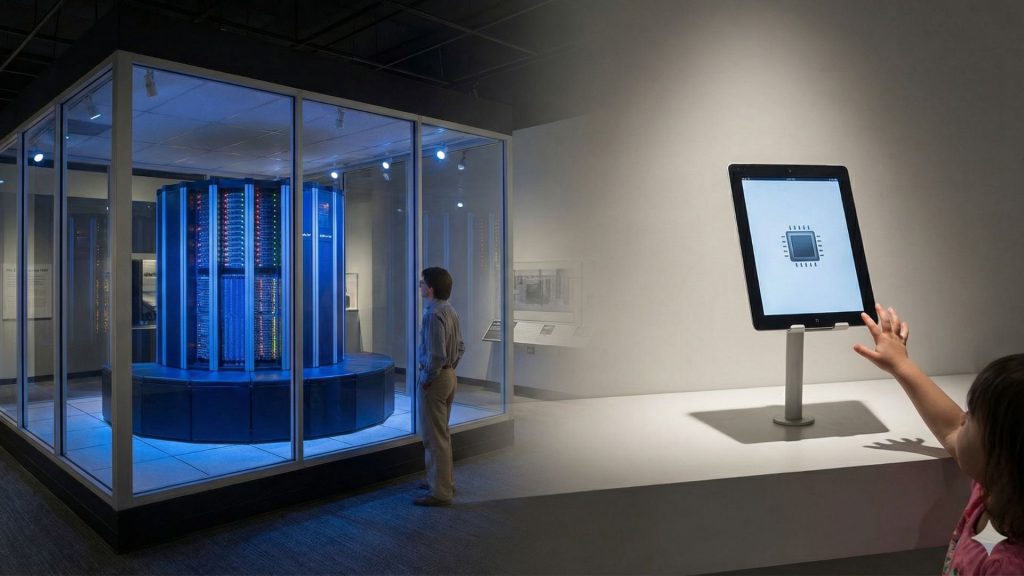
1. Your Tablet Has More Power Than a 1980s World-Leading Supercomputer
In 1986, the High-Performance Computing Center Stuttgart installed its first supercomputer, the Cray 2. With a peak performance of 1.9 GFlops, it was the fastest machine on the planet. In 2011,the iPad 2 was released, becoming one of the first consumer devices to match the raw power of that world-leading supercomputer.
But that comparison, stunning as it is, barely scratches the surface of today’s reality. HLRS’s current flagship system, “Hunter,” has a peak performance of 48 PetaFlops. A Petaflop is a million Gigaflops. This means Hunter is over 25 billion times more powerful than the world’s fastest machine was in 1986. This mind-bending leap in power is what enables scientists to move from modelling isolated components to simulating entire, complex global systems
2. To Save a City, You First Can Build It Digitally
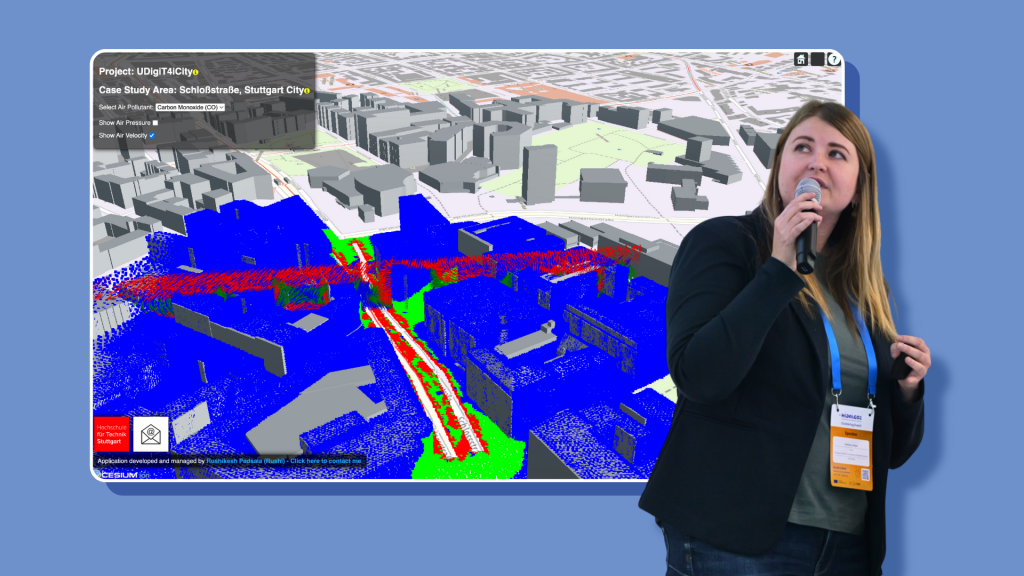
The term “Digital Twin” came up again and again, and for good reason. A digital twin is far more than a static 3D model; it is a living, evolving digital replica of a real-world environment. These models are built to mirror reality with incredible fidelity, from individual buildings and traffic patterns to complex weather systems. To make this concept concrete, Svetlana Valger of HFT Stuttgart presented the iCity Project, a real-world Urban Digital Twin that models noise and air quality for the city of Stuttgart itself.
Crucially, these digital environments are not static. They evolve with live data, forecast future states, and allow scientists and city planners to test “what-if” scenarios safely and rapidly. What happens to air quality if we reroute traffic? How would a severe heatwave impact our power grid? Digital twins provide the answers, transforming data into foresight. As one presenter powerfully stated:
You can’t manage what you can’t model
These Urban Digital Twins are becoming indispensable tools for achieving critical sustainability goals, allowing planners to test policies virtually before committing to actions.
3. We Can Now Simulate an Hour of City Airflow in Under 7 Minutes
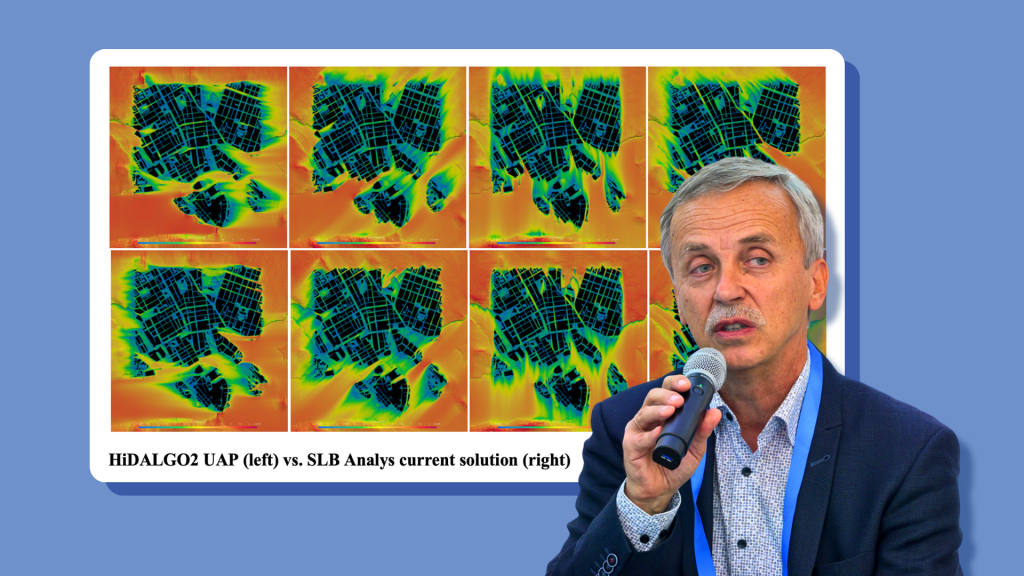
The raw speed of modern supercomputing is staggering, and one demonstration brought this into sharp focus. As part of the Urban Air Project, researchers showcased a simulation of airflow over a city district, a critical factor in understanding how pollution disperses. The simulation was calculated on a highly detailed mesh containing 142 million individual cells.
“… We can compute for a huge domain (like 5 kilometers by 5 kilometres of a city and one meter resolution)…We have applied it with the cooperation of the city of Stockholm and ENCCS (The Swedish Competence Centre) and they provided us with shape files which are more accurate than the open street map. And we could simulate a much larger domain than the current city tools.“ – Zoltán Horváth (Széchenyi István University)
Running on 64 GPUs, the simulation of one full hour of complex city airflow took only 6.5 minutes to complete. This leap in speed fundamentally changes the role of simulation from a research tool to a live, operational asset for city managers. For city officials, this capability could mean planning an effective emergency response to a toxic gas release in minutes, not days, potentially saving countless lives.
4. The Most Important Shift in Supercomputing Isn’t About Technology, It’s About People

A recurring theme throughout the event was a key shift in how the HPC community communicates its value. For decades, the focus was dominated by technical specifications: petaflops and processing cores. Now, the conversation is broadening, with greater emphasis being placed on the tangible, societal benefits it delivers.
This shift is a conscious strategy to bridge the gap between highly technical research and the real-world stakeholders who can benefit from it. As Georgia Nikolakopoulou, Head of Dissemination at Future Needs, advised:

It is a strategy that has been embraced by HiDALGO2. In addition to making its codes available to fellow researchers, the project also seeks to demonstrate real benefits: enhancing wildfire risk assessments to save lives, optimising renewable energy grids to stabilize power, and improving urban air quality models to protect public health. Technology is the means, but human and environmental well-being is the end.
5. Europe’s Biggest Challenges Are Being Solved by Breaking Down Silos
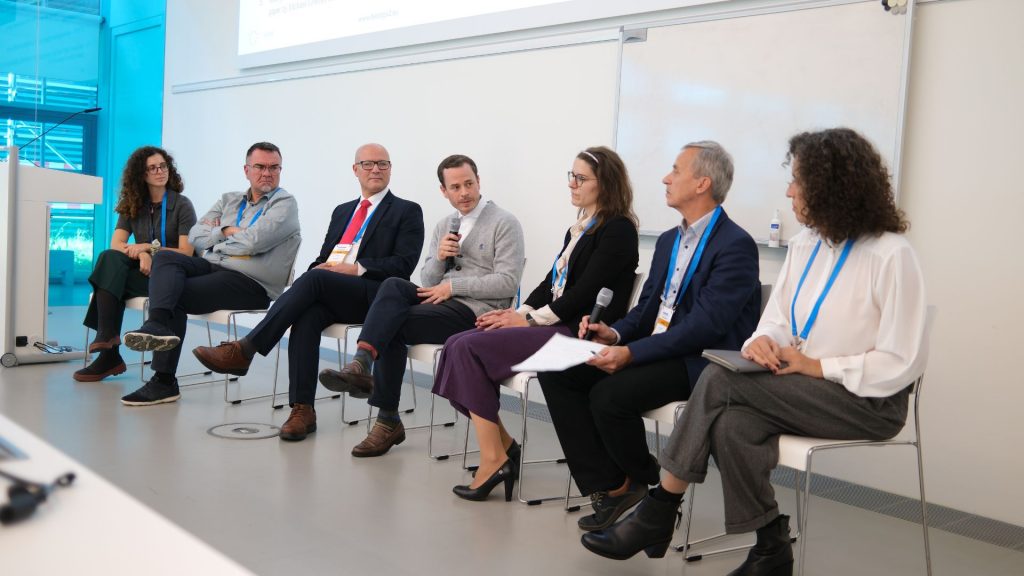
The European HPC ecosystem is intensely and intentionally collaborative. Projects like HiDALGO2 do not operate in silos. Instead, they are woven into a larger fabric of innovation through strategic cooperation with other European Centers of Excellence (CoEs) and National Competence Centers (NCCs).
This collaborative spirit is most powerfully amplified at clustering events, which serve as strategic spaces to bring people from the whole HPC community in Europe together. By gathering experts from across disciplines, including HPC specialists, climate scientists, AI developers, policymakers, industry representatives, and researchers, events like this create an environment where innovation accelerates.
The physical nature of the gathering is essential, providing intangible value that webinars or online events cannot replicate, the payoff occurs during moments like the scheduled coffee breaks and dedicated networking periods, where informal chats lead to meaningful synergy. These interactions allow pilot teams to meet new collaborators, policy officers to understand technical gaps, and SMEs to discover HPC applications they might not have previously considered.
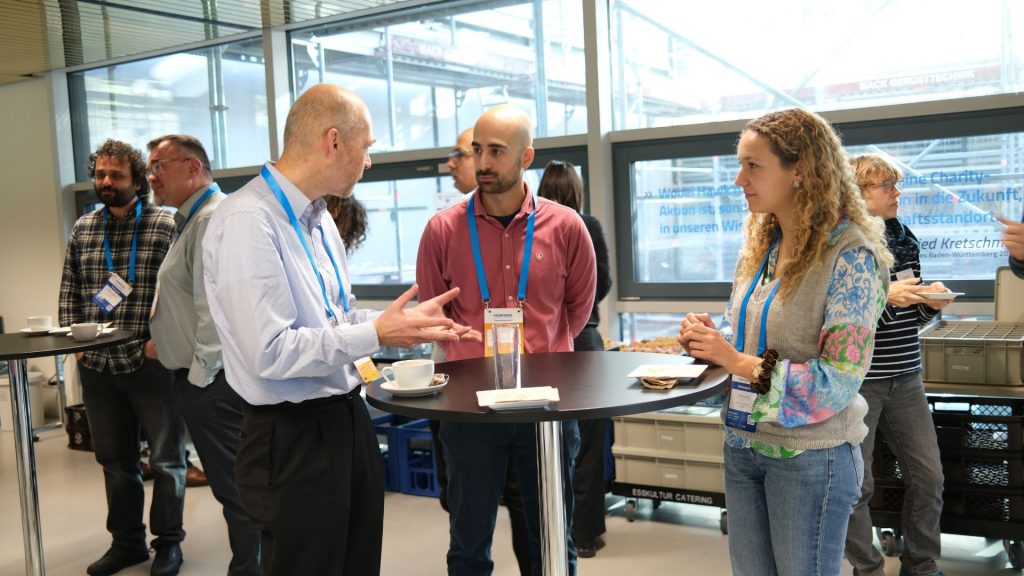
When experts are under one roof, we can build on Europe’s rich foundation of research infrastructure and practical experimentation rather than reinventing the wheel. The goal is to connect places and turn individual achievements into scalable, continent-wide solutions, ensuring that public investment results in shared value. For example, a digital twin developed for urban air quality becomes far more impactful when combined with insights from wildfire behaviour, energy modelling, or water pollution dynamics.
The HiDALGO2 cluster event facilitated this cross-disciplinary exchange, highlighting concrete steps such as a joint white paper on commercialization with CoEs like BioExcel (biomolecular simulations) and ChEESE (earth system modelling), and a fire-atmosphere modelling hackathon with NCC Spain. More fundamentally, these gatherings allow participants to co-create the next steps together, enabling pilot teams to meet new collaborators, SMEs to discover new HPC applications, and policy officers to understand technical gaps.
This ethos was captured by Marcin Lawenda in his closing presentation:
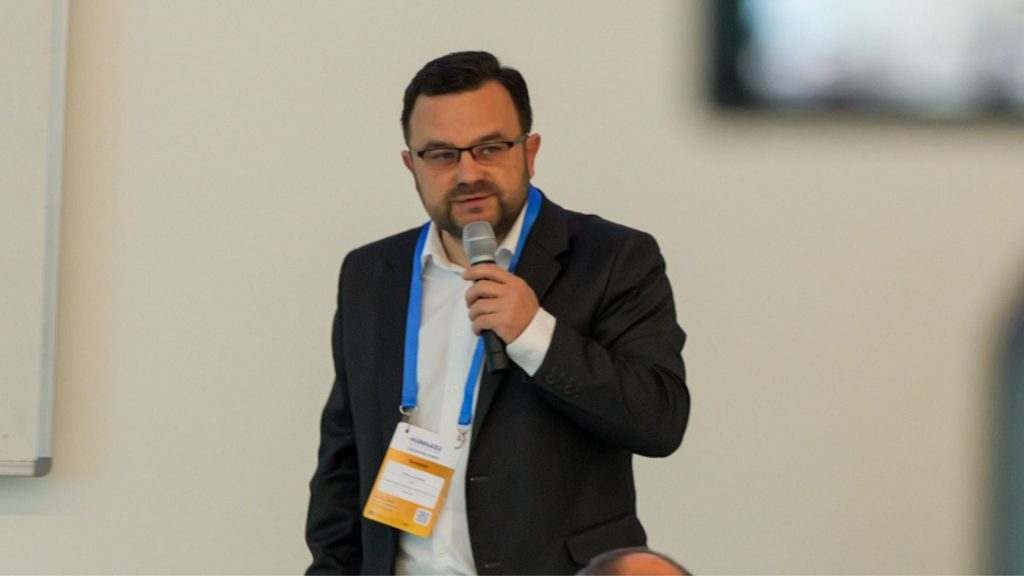
A Look to the Future

The discussions at HLRS made one thing abundantly clear: High-Performance Computing and the concept of digital twins are not abstract, solely academic pursuits. Work in this field is creating powerful, practical tools already being deployed today to help us build a more resilient, efficient, and sustainable world. From the air we breathe in our cities to the stability of our energy supply, these technologies are quietly shaping a better future.
The event left me with one final question. Now that we have the power to simulate the future with such incredible detail, what choices will we make to shape it for the better?
Learn more about the HiDALGO2 cluster event by visiting the official event website where you can learn more about the speakers and find the agenda.
All presentations delivered at the HiDALGO2 Clustering Event will be made available in full for those unable to attend or wishing to revisit the details.
Stay up to date with the latest news and ensure you do not miss an update by following the channels below, especially the LinkedIn newsletter, which is a key communication outlet for the project:
Facebook: https://www.facebook.com/EU.Project.HiDALGO
LinkedIn: https://www.linkedin.com/company/hidalgo2-project/
Youtube: https://www.youtube.com/channel/UCajIi2XMTsQRDMKcvgvoaAg


